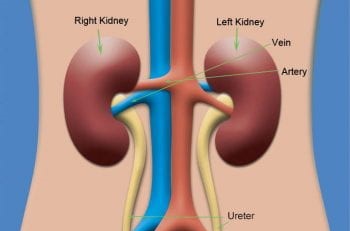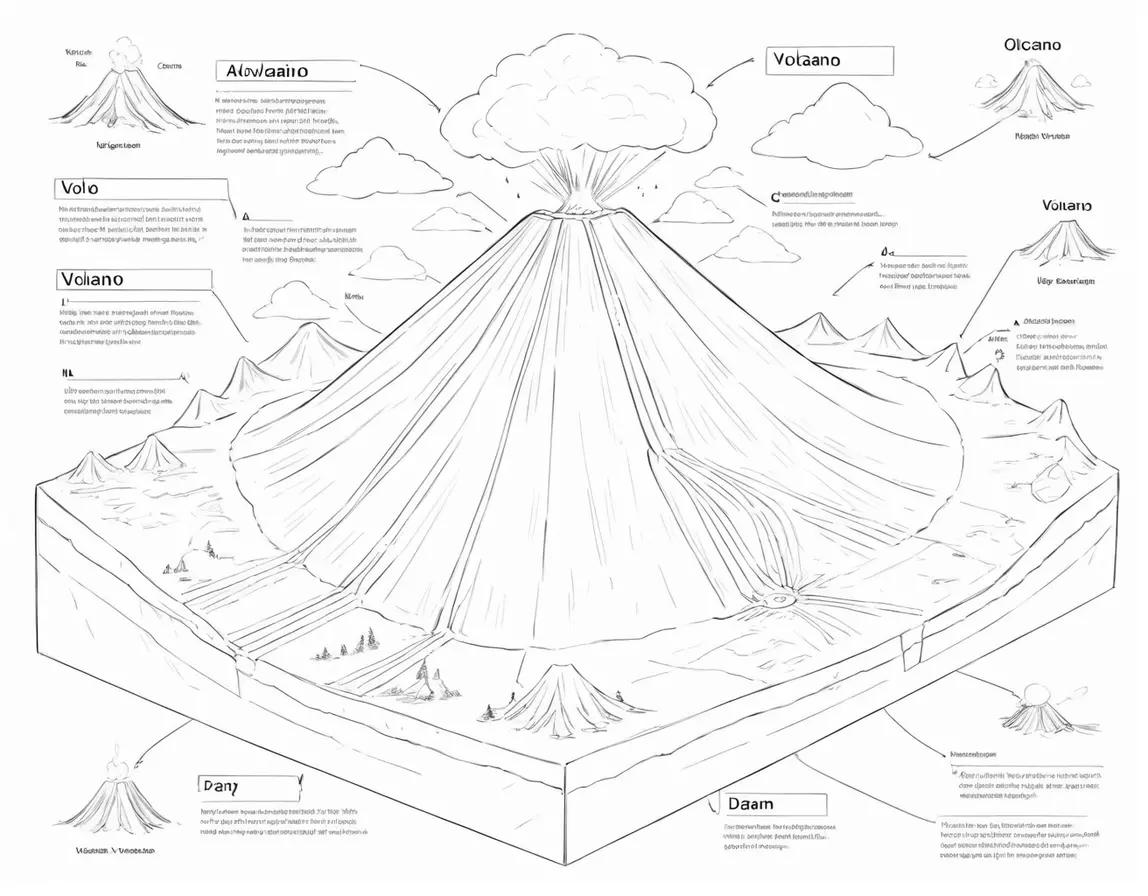
Gravity, the invisible force that binds celestial bodies, shapes the structure of the universe, and dictates the motion of everything from falling apples to orbiting planets, stands as one of the fundamental forces in the fabric of nature.
This exploration delves into the essence of gravity, its historical roots, its impact on celestial bodies, and the groundbreaking theories that have shaped our understanding of this universal force.
Historical Foundations:
The story of gravity finds its roots in ancient civilizations, where early philosophers observed the predictable descent of objects towards the Earth. However, it was Sir Isaac Newton who formalized the concept of gravity in the 17th century. His law of universal gravitation postulated that every particle of matter in the universe attracts every other particle with a force that is directly proportional to the product of their masses and inversely proportional to the square of the distance between their centers.
Understanding Gravity’s Impact:
Gravitational Attraction: Gravity is a force of attraction between two masses. The strength of this force depends on the masses of the objects and the distance between them. The greater the mass, the stronger the gravitational pull; the farther the distance, the weaker the pull.
Free Fall: In a vacuum, where air resistance is absent, all objects fall towards the Earth at the same rate regardless of their mass. This phenomenon, known as free fall, exemplifies the universality of gravity.
Celestial Dance:
Orbits and Kepler’s Laws: Gravity is instrumental in shaping the orbits of celestial bodies. Johannes Kepler’s laws of planetary motion, developed in the early 17th century, describe the elliptical paths of planets around the Sun. These laws provided a mathematical foundation for understanding the dynamics of gravitational interactions in the cosmos.
Tides: Gravity’s influence extends to the oceans, giving rise to the phenomenon of tides. The gravitational pull of the Moon and the Sun on Earth’s waters results in the rhythmic rise and fall of tides.
Implications: Newton’s law not only explained the motion of celestial bodies but also provided a unified framework for understanding gravity on Earth and beyond. It offered a powerful tool for predicting the behavior of objects in gravitational fields.
Einstein’s General Theory of Relativity:
In the early 20th century, Albert Einstein revolutionized our understanding of gravity with his general theory of relativity. Unlike Newton’s conception of gravity as a force, Einstein proposed that gravity is the result of the warping of space-time caused by the presence of mass and energy.
Warping of Space-Time: According to Einstein, massive objects, such as planets and stars, create a curvature in the fabric of space-time around them. Objects, in turn, move along the curves created by this warping, leading to what we perceive as gravitational attraction.
Predictions and Confirmations: Einstein’s theory made groundbreaking predictions, including the bending of light around massive objects (gravitational lensing) and time dilation in strong gravitational fields. These predictions have been experimentally confirmed, solidifying the validity of general relativity.
Gravity’s Role in Cosmology:
Dark Matter and Dark Energy: Gravity plays a pivotal role in the cosmic dance of dark matter and dark energy, two mysterious components that make up the majority of the universe’s mass and energy. While dark matter exerts gravitational attraction, dark energy acts as a mysterious force driving the accelerated expansion of the universe.
Black Holes: Extreme concentrations of mass can lead to the formation of black holes, where gravity is so intense that not even light can escape. The study of black holes provides unique insights into the extremes of gravitational forces.
Practical Applications:
Space Exploration: Understanding gravity is crucial for space missions. Orbital mechanics, trajectories, and gravitational assistance are all aspects of space exploration that rely on a precise understanding of gravitational forces.
Satellite Technology: The deployment and functioning of satellites depend on accurate calculations of gravitational forces. Gravity assists, and gravitational interactions are harnessed for orbital maneuvers and satellite positioning.
The Quest for a Unified Theory:
Despite the remarkable success of general relativity in explaining gravity on cosmic scales, a complete unification with quantum mechanics remains an open challenge. The search for a theory of quantum gravity, capable of describing the force at the smallest scales, continues to be a frontier in theoretical physics.
Gravity stands as a force that transcends scales, shaping the cosmos and influencing the behavior of objects from the smallest particles to the largest galaxies. From the foundational work of Newton to the revolutionary insights of Einstein, our understanding of gravity has evolved, deepening our appreciation for the intricate dance of celestial bodies.
As we continue to unravel the mysteries of gravity, we not only gain insights into the workings of the universe but also unlock practical applications that drive technological advancements and space exploration. Gravity, the cosmic orchestrator, remains a captivating force that continues to inspire scientific inquiry and awe.


















